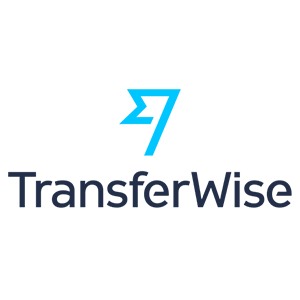How I Started A 8K/Month Gym Apparel Ecommerce
Hello! Who are you and what business did you start?
I’m Elgin Mones, a.k.a. Infinite Elgintensity, an attorney by day, and a YouTube roaster by night. In 2014, several of my fitness comedy videos went viral, which caused my subscriber count to skyrocket. That same year, I branched out from making YouTube videos to selling gym apparel with designs and slogans based on my dark sense of humor and love of video games.
I’m best known for my “Arm Day” design, which multiple social media influencers have tried to profit from without my permission over the years; in 2018, I sent multiple DMCA takedowns and even sued someone over it. I make enough money to quit my job as a lawyer, but I prefer to keep YouTube and related ventures as a side gig. I don’t like depending on speech-suppressing video streaming platforms and social media sites for my income, and being funny on a schedule sounds like torture.


Download the report and join our email newsletter packed with business ideas and money-making opportunities, backed by real-life case studies.

Download the report and join our email newsletter packed with business ideas and money-making opportunities, backed by real-life case studies.

Download the report and join our email newsletter packed with business ideas and money-making opportunities, backed by real-life case studies.

Download the report and join our email newsletter packed with business ideas and money-making opportunities, backed by real-life case studies.

Download the report and join our email newsletter packed with business ideas and money-making opportunities, backed by real-life case studies.

Download the report and join our email newsletter packed with business ideas and money-making opportunities, backed by real-life case studies.

Download the report and join our email newsletter packed with business ideas and money-making opportunities, backed by real-life case studies.

Download the report and join our email newsletter packed with business ideas and money-making opportunities, backed by real-life case studies.


















